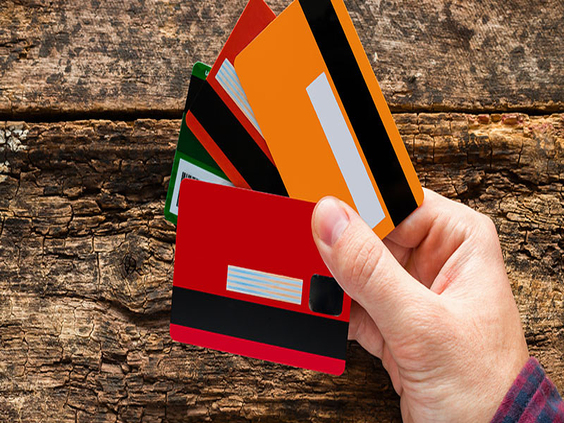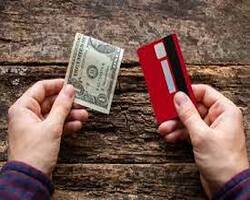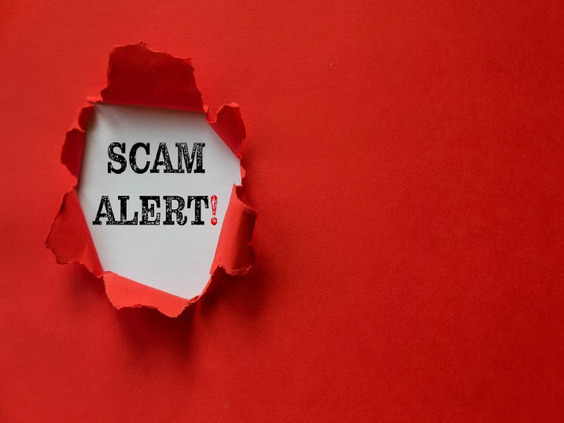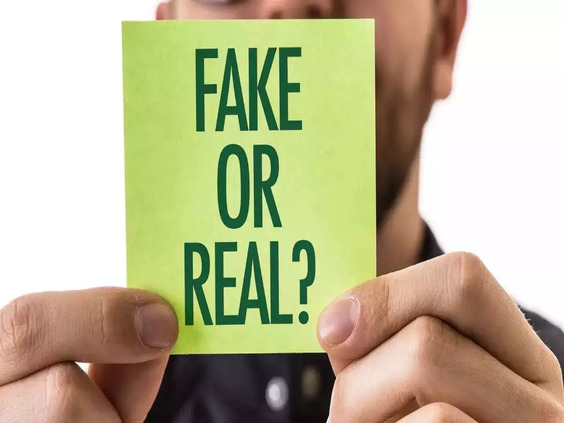

In the high-stakes world of law enforcement, vigilance is second nature. Yet, even the most alert officers can become vulnerable when it comes to something as simple—and as risky—as using a bank card. With rising cyber fraud cases, it's crucial that policemen, like any citizen, adopt secure practices for handling their debit and credit cards. But more importantly, as role models and first responders, you must also lead by example.
Why This Matters to Policemen
According to the Reserve Bank of India (RBI), frauds related to cards and internet banking amounted to over ₹265 crore in FY 2022-23. NCRB data shows an alarming increase in financial cybercrime, with card cloning, skimming, and phishing among the top methods. As more policemen use digital modes of payment for convenience, the risks rise proportionately.
You’re trained to chase criminals—but when it comes to digital fraud, prevention is your strongest weapon.
The Dos: Smart Practices for Safe Transactions
1. Inspect the Card Upon Delivery
Before using a new bank card, make sure the envelope is sealed and untampered. Report any physical damage or suspicious packaging to your bank immediately. Tampered delivery is one of the oldest tricks in card fraud.
2. Sign Immediately
Sign on the back of the card upon receipt. It’s a simple but powerful way to prevent misuse in the event of theft. Fraudsters prefer unsigned cards—they’re easier to manipulate.
3. Shield Your CVV Number
The CVV (Card Verification Value) is a three-digit code that can be used to make online purchases without physical access to your card. You can consider masking it with a small sticker or memorizing and removing it altogether (if comfortable doing so), especially if you rarely shop online.
4. Register Your Mobile Number
Always link your card to your personal phone number. This ensures real-time alerts for every transaction, helping you detect any suspicious activity instantly.
5. Change Your PIN Regularly
When you receive a new card, change the default PIN immediately. Set a unique PIN that’s not linked to your badge number, birth date, or other predictable details. Then, make it a habit to update it every 3-6 months.
6. Monitor Account Activity
Make it a weekly habit to scan your bank statement for unusual transactions. Early detection of fraudulent activity often means you can freeze the card and recover the funds.
7. Use Cards Only in Your Presence
At restaurants or stores, insist that transactions happen in your presence. Handing over your card to an unknown waiter or clerk could lead to card cloning—a common method of fraud.
8. Choose Trusted Online Gateways
When shopping online or paying bills digitally, ensure the URL starts with “https” and avoid deals that seem too good to be true. Use platforms with multi-factor authentication and known payment aggregators like Razorpay, PhonePe, or PayTM.
9. ATM Safety 101
- Always shield your hand while entering your PIN.
- Check the ATM machine for hidden cameras or suspicious card slots.
- Don’t leave transaction slips behind—they can reveal sensitive information.
- Use ATMs in secure and well-lit locations.
The Don’ts: Red Flags to Avoid
1. Never Accept a Tampered Card
If the seal is broken or card details seem altered, don’t activate or use it. Ask for a replacement immediately.
2. Don’t Write Your PIN Anywhere
It might seem convenient, but storing your PIN in your wallet or mobile phone is an open invitation to theft. Memorize it.
3. Avoid Carrying Multiple Cards
Minimize risk by only carrying the cards you need. If your wallet is lost, fewer cards mean less damage.
4. Don’t Share Card Details Over Phone or Email
No legitimate bank employee will ever ask for your card number, PIN, CVV, or OTP. If someone does, it’s a scam. Hang up and report it.
5. Avoid Using Shady ATMs
If the ATM machine seems tampered, or you’re approached by someone offering help, cancel the transaction immediately. Fraudsters often install skimming devices or pinhole cameras.
6. Don’t Store Sensitive Data on Mobile Devices
Phones can be hacked or stolen. Avoid saving card numbers, CVVs, or PINs in notes, SMS, or email drafts.
7. Don’t Post Photos of Your Cards
Even with parts blurred out, fraudsters can sometimes retrieve card details from shared images. Keep your card off social media, no matter the occasion.
8. Don’t Respond to Unverified Links or Popups
Phishing is a top method for extracting sensitive card details. Don’t click on bank-related links received over WhatsApp or SMS unless you are sure of their source.
Examples of Real-Life Scam
Case 1: The Card Cloning Gang
In 2023, the Delhi Police busted a racket that used Bluetooth-enabled skimming devices to clone cards at petrol pumps. Over ₹40 lakhs were siphoned off in just two months. The criminals used POS machines linked to fake companies, and many victims were officers and public servants.
Lesson: Always verify the POS machine and avoid letting anyone swipe your card out of sight.
Case 2: The ‘Customer Care’ Trap
A Mumbai-based officer lost ₹1.2 lakhs after responding to a fake bank helpline number on Google. The fraudster collected his card info and OTP posing as a customer service executive.
Lesson: Always use official bank websites and avoid third-party customer care numbers online.
What Policemen Can Do Beyond Themselves
- Conduct awareness sessions at police stations and colonies for fellow officers and their families.
- Share RBI circulars and bank fraud alerts on internal WhatsApp groups.
- Collaborate with cybercrime units to distribute flyers on card safety in local communities.
- Train frontline officers to assist fraud victims with faster response and FIR lodging.
Conclusion: Your First Duty is to Yourself
In a world where digital crime is as rampant as physical crime, law enforcement officials must protect themselves before protecting others. Bank cards are powerful tools but can become vulnerabilities if mishandled. By following the simple dos and don’ts outlined above, you not only shield your financial identity but also set an example for the citizens you protect.
Let your vigilance at the crime scene extend to the ATM too. Because in cybersecurity, you are the first responder and the first line of defense.
A moment of care at the ATM or card machine can prevent months of investigation. Protect your own first.
Cyber Hygiene Foundation
- CyberAwareness CyberSafety PersonalDataProtection SafeInternetForAll CyberHygieneForAll
You May Also Like It
Understanding the Growing Threat of Loan Frauds Loan frauds have become
In your role as protectors of law and order, you
Leave A Comment
Don’t worry ! your e-mail address will not published.








0 Comments